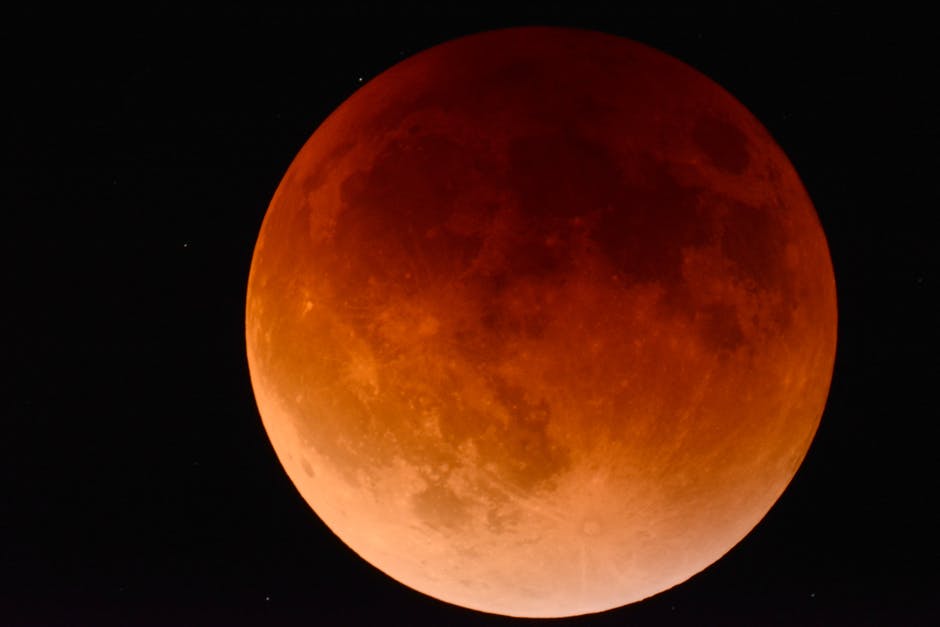The Blood Moon
The longest total lunar eclipse in a century takes place on Friday, July 27, during which the moon will turn an eerie shade of red. In her article “The Blood Moon,” Kelsey Johnson, astrophysicist and Associate Professor in the Department of Astronomy, College and Graduate School of Arts & Sciences at the University of Virginia, explains why this celestial phenomenon happens, and more relevantly–who will witness it.
The Blood Moon
As an astrophysicist, marketing is not one of my skill sets. But the name “Blood Moon” strikes me as perfect for tapping into deep human psychology, evoking images from horror movies or mystical legends (or both). If this name encourages people to look up at the sky and think about the universe for a little while, I’m all for it, but it does feel a little bit like a bait-and-switch.

We can observe a so-called “blood moon” from somewhere on Earth during any total lunar eclipse, which can happen as often as twice each year. While a total lunar eclipse might get the astronomically-devoted outside for a look, I will admit that “total lunar eclipse” doesn’t quite have the same ring to it. We can attribute the word “blood” to the reddish color the moon will take on as it passes through the Earth’s shadow.
I can imagine that if you didn’t know there was a scientific reason for why the moon turns red during these eclipses, they might be a tad ominous. The abridged explanation is that the moon will appear red for the same reason that sunsets can appear red (and the sky appears blue) – when light passes through the Earth’s atmosphere, the shorter wavelength light (the bluer light) is preferentially scattered out, while the longer wavelength light (the redder light) can make it through. During a total lunar eclipse, the only sunlight that is illuminating the moon’s surface has had to pass through Earth’s atmosphere, during which our hapless blue photons got ejected, leaving only the more red photons to reflect off the moon and back to our eyes.

As it happens, the total lunar eclipse today is the longest in a century, making it pretty special. But, if you’re reading this in North America you are out of luck unless you are able to catch a quick flight – this Blood Moon will only be visible from parts of Africa and Asia. But don’t be too disappointed! Total lunar eclipses are not all that uncommon, and North America will have a good view of the next one in January 2019.
- Having a Drink With Your Donkey: The Absurd in Antiquity
- What Happens to UVA’s Recycling? A Behind the Scenes Look at Recycling, Composting, and Reuse on Grounds
- Finding Your Center: Using Values Clarification to Navigate Stress
- UVA Club of Atlanta: Virtual Pilates Class
- UVA Club of Fairfield/Westchester: Cavs Care - Food Pantry Donation Drive
- UVA Club of the Triangle: Hoo-liday Party
